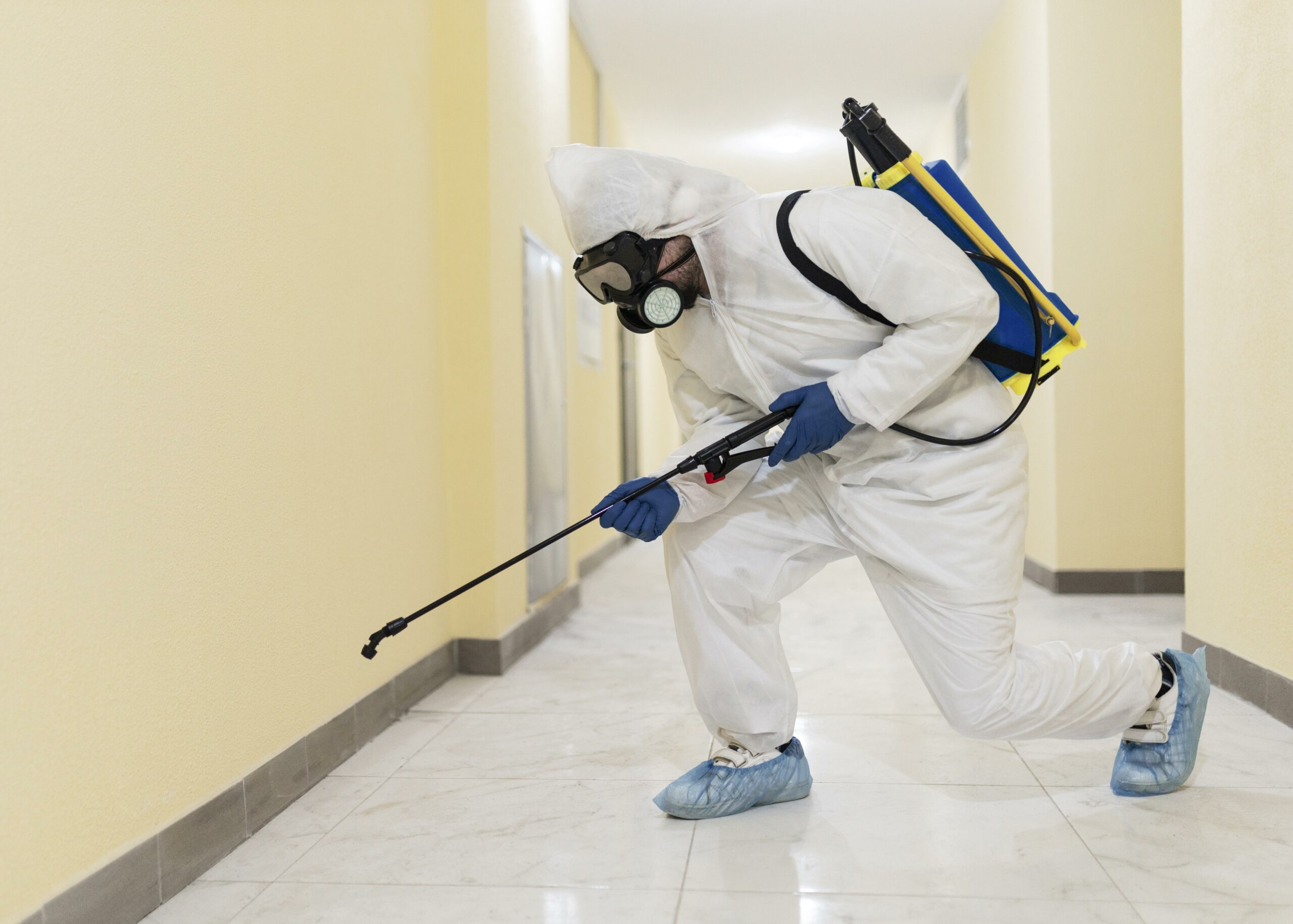Coexisting in balance with wildlife is a common aim for countless homeowners, yet the presence of certain pests can lead to issues that interrupt our daily lives. From ants marching through the kitchen to rats seeking shelter during colder months, grasping how to live together without issues is crucial. With a preventive approach, you can find out to control these undesired visitors while reducing harm to both your home and the surroundings.
This manual will investigate effective strategies for insect control, covering everything from frequent domestic pests and effective eradication techniques to the necessity of expert pest inspections. We will look into periodic pest troubles, providing you with year-round prevention tips that maintain your residence secure and pleasant for both occupants and visitors alike. Whether you're contending with bugs in the spring or rats in the winter, our thorough insights will help you cultivate an atmosphere conducive to harmonious coexistence with the wildlife around us.
Comprehending Popular Household Pests
Home pests come in various types and can be a nuisance for homeowners. Some of the most common pests are the little black bugs, cockroaches, bed bugs, and mice and rats. These little workers are often found foraging for nourishment and can rapidly invade cooking spaces and pantries. Cockroaches are known carriers of illness and thrive in hot and damp environments, making them a serious health concern. These pests, though small, can cause significant unease and distress due to their stings, while pests like mice and rats can damage homes and taint food.
Identifying these pests is the initial step toward successful control. Look for signs such as droppings, discarded wings, or the presence of nests. Every pest has specific habits and habitats that can provide clues to their presence. For instance, mice tend to create nests in dark, secluded areas, while wood-eating bugs may leave behind mud tubes or swarming wings. Understanding these behaviors can help in in prevention and elimination efforts.
Once recognized, it's crucial to know the best methods for dealing with these pests. While do-it-yourself solutions exist, specialized pest control companies are often more effective, especially for larger infestations. Knowing what attracts these pests can also aid in prevention; for example, storing food properly and reducing moisture can deter many common household invaders. By understanding pest control queen creek az of these pests, homeowners can take proactive steps to protect their homes.
Efficient Pest Control Strategies
To efficiently control pests and maintain a pest-free environment, understanding how to distinguish and eradicate household pests is crucial. Many homeowners often attempt DIY pest control techniques, but these often fall short due to a lack of comprehensive knowledge about pest behavior and biology. Rather than relying solely on retail solutions, contemplate engaging professionals who can provide personalized advice and treatment plans. Routine inspections can help spot potential infestations in their infancy, guaranteeing a forward-thinking approach to pest management.
In conjunction with professional help, implementing preventative measures is essential for sustained pest control success. This includes sealing entry points, ensuring proper sanitation, and keeping food in sealed containers. Temporal strategies can also be helpful. For example, spring preparation for pests like termites and mosquitoes can spare homeowners from larger issues in the warmer months. Establishing these habits lowers the likelihood of infestations taking root in the beginning.
Using environmentally safe and animal-friendly pest control systems is another efficient strategy that advantages both the home and the environment. Non-chemical treatments not only help protect your family and pets but also minimize harm to useful insects and the surrounding ecosystem. There are various techniques available, ranging from essential oils to diatomaceous earth, which can serve as alternatives to synthetic insecticides. By assimilating these strategies, homeowners can realize a balanced approach to pest control that emphasizes coexistence while keeping their homes comfortable and safe.
Seasonal Pest Prevention Tips

Springtime brings a surge in insect activity as temperatures rise and plants begin to bloom. To prevent typical springtime pests, such as ants and mosquito populations, make sure that your garden is free of stagnant water and debris, which serve as reproduction grounds. Inspect your house for cracks and holes and seal them to keep pests from entering. Consistently checking vegetation for indications of infestation can also help catch issues early.
As summer nears, focus on maintaining a pest-free environment outdoors and inside. Keep food secured securely and clean up spills immediately to deter bugs like flies and roaches. Consider using organic pest control methods, such as natural oils, which can be helpful against mosquitoes and other summer pests. Additionally, monitor your garden for any signs of pest damage and use eco-friendly pest control measures to protect your gardens without harmful chemicals.
With the onset of fall, pests like rodents seek refuge from the chilly temperatures. Take proactive measures to secure your house, such as keeping firewood away from the house and keeping gutters clean to prevent moisture accumulation. It’s crucial to plan regular inspections and maintenance to identify areas where pests might enter and to use preventive treatments as needed. This way, you can enjoy the changing seasons without the worry of pest invasions.
